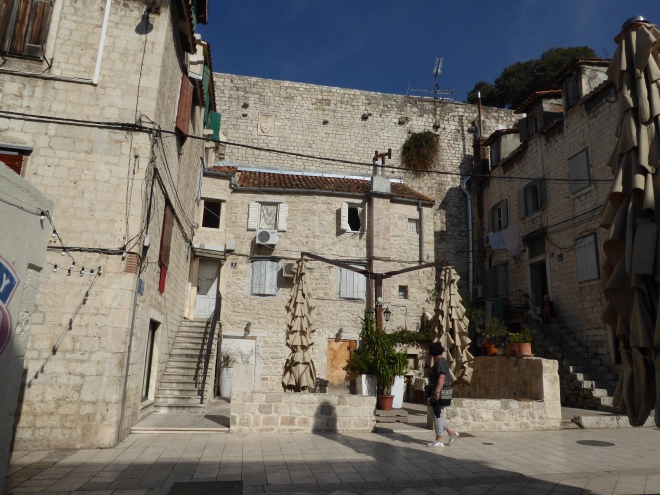The forty minute boat ride to Eriskay with a tail wind and sunny skies, making it actually pleasantly warm out on deck, proved to be a very enjoyable one with seals spotted basking off the rocks. Such is the fickle nature of the weather here that the ferries were cancelled the following morning due to inclement conditions (aka: it was blowing an absolute hooly). If you get some bright weather here you have to make the most of it immediately as it’s sure to change in a matter of hours…….or minutes. I’m not whinging, just making an observation.

In the week or so we have been on the islands we have had sunshine, wind, rain, wind, cloud, wind, mist, wind, drizzle, wind, sunshine, wind and wind. As you can see the wind has been the only consistent element within the mix. The windswept look is definitely ‘in’ up here. Again, I’m not moaning I’m just letting you all know that even though it looks all sunny skies in the photos they don’t portray the full picture so to speak. I’m not about to go out taking pictures of greyness just to show the other side of the weather and anyway even if I’d wanted to I can barely get the door of the van open at such times. It’s too windy.

On these occasions (about fifty fifty so far) you’ll find us hunkered down in the van, in our sleeping bags, reading our kindles whilst gently swaying in the gusts. ‘3’ doesn’t seem to have reached the islands as our mifi hasn’t had a signal since we have been here. It has actually been really good for me to have an enforced lay-off from the internet as I’ve enjoyed reading a whole lot more when I’m not constantly distracted by the thoughts of ‘oh, I just need to look up such and such’. There’s too much else to look at anyway. For example, last night I spent a good couple of hours just enjoying watching two Hebridean lambs frolicking around together on the grass outside the van. They were having a whale of a time skipping around playing together it was just a joy to watch them. It had me thinking out loud ‘do only lambs miss out if they don’t have a sibling or do they make friends with other lambs’………..’what, like on Fleecebook’………..très drole Tim, très drole. The two were joined by another two later in the evening which, I guess, answered that question.

Back to Eriskay. Although only measuring just over two miles by one it does have some interesting stories to tell. Probably the most famous was the sinking of the SS Politician in 1941 on her way from Liverpool to Jamaica which inspired Compton Mackenzie’s book Whisky Galore. 264 000 bottles of whiskey were on board at the time. Great, finders keepers thought the islanders but Custom and Excise officers thought otherwise and nineteen islanders were found guilty of illegal possession and imprisoned in Inverness.

The only pub on the island, the Am Politician, has one of the original bottles. An Olde Worlde pub it is not but it is welcoming and has a conservatory that heats up nicely when the sun is out which it was when we were there. Handily, it also has free wifi which was pretty fast so I could upload my photos and the last blog post. If you have a dog though there is no room at the inn as they aren’t allowed in which is a shame as with all those deserted beaches to play on I can see why dogs would choose the islands as a holiday destination. Equally the Polachar pub on South Uist (owned by the same people I think) doesn’t allow dogs in either which is a shame if you are either a dog, have a dog or are a dog lover.

As an aside, we went to the only pub on Barra at Castlebay and hardly flinched when we were charged £9.80 for two pints as we thought it must be the going rate for the islands. Later though, and after a change of barman, we were charged £7.20 for two pints of the same beer. Mmm, odd. After being charged £6.80 for two pints in the Am Politician the beer barometer says that £9.80 was extortionate and we will be more vigilant next time.

Another of Eriskay’s claims to fame is that Prince Edward Charles Stuart, or Bonnie Prince Charlie to his friends, landed on the islands main beach in July 1745 at the start of his campaign to regain the throne of Great Britain. Following his defeat at the Battle of Culloden in April 1746 he fled into hiding on the Outer Hebrides with a price of £30 000 on his head. After a couple of months keeping a low profile he escaped to the Isle of Skye helped at great personal risk by Flora MacDonald. You can follow his story by visiting various places associated with him on the islands along the Bonnie Prince Charlie Trail.
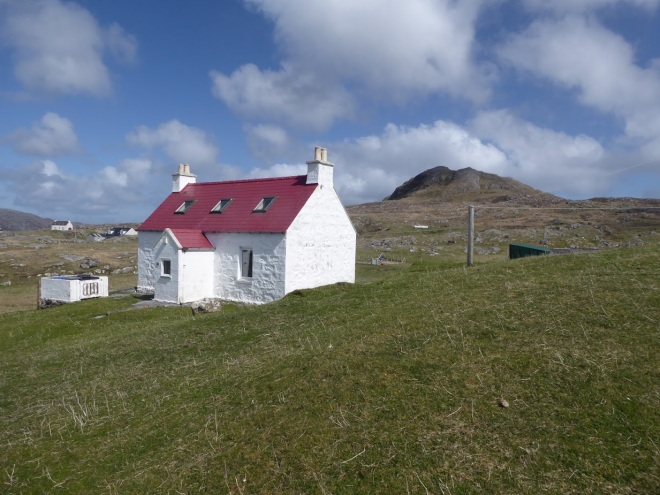
We walked up to the top of Ben Sciathan, the islands highest point, which gives views as far as the islands of Skye, Rhùm, Tiree and Coll. We were lucky to have clear weather even if it was a tad blowy. The semi wild Eriskay ponies that roam free on the island can, apparently, often be spotted grazing in the centre of the island around Loch Crakavaig which is the islands only source of fresh water. Alas, we didn’t spot them.

So that’s Eriskay. Onwards now across the causeway to South Uist.

Feasgar math!



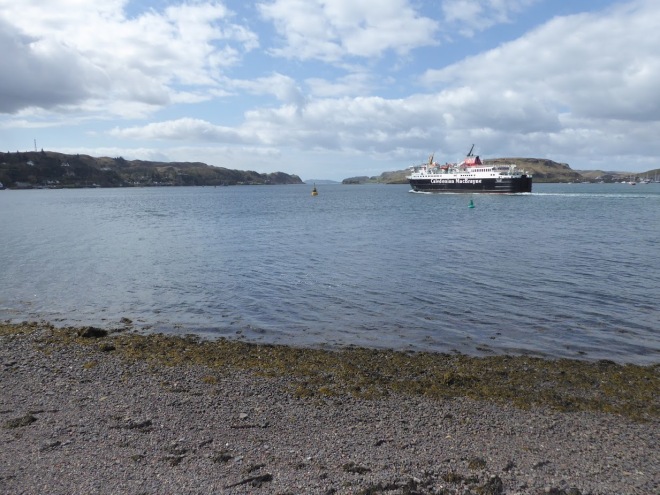

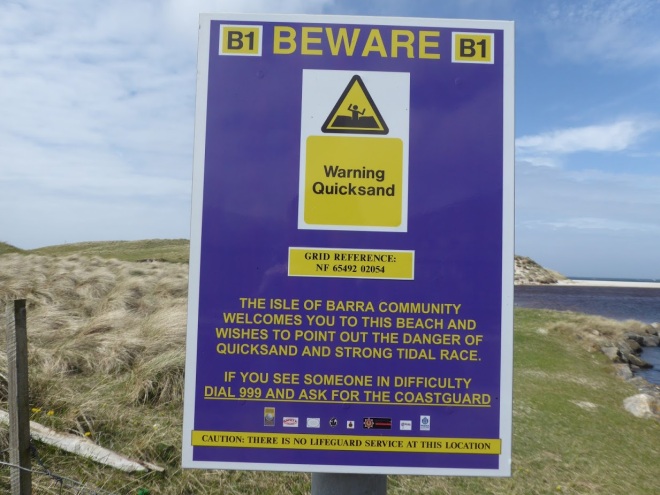


 One of the islands claim to fame is that the airport that sits on the edge of Traigh Mhór bay is the only beach runway in the world receiving scheduled flights. It is quite the attraction. The runway is tide dependant and the public aren’t allowed on the beach when the windsocks are flying. Whilst we were walking on the other beach behind the airport a little twin otter plane circled above us in the squally wind and rain getting ready to land but because the dunes are in the way obscuring our view we didn’t see it touch down on the sand. When we arrived at the airport cafe fifteen minutes later, the place alive with steaming waterproofs and steaming people, the three cheery ladies working at the cafe were belting out Gloria Gaynor’s ‘I will survive’. I guess it must have been a bit of a bumpy landing.
One of the islands claim to fame is that the airport that sits on the edge of Traigh Mhór bay is the only beach runway in the world receiving scheduled flights. It is quite the attraction. The runway is tide dependant and the public aren’t allowed on the beach when the windsocks are flying. Whilst we were walking on the other beach behind the airport a little twin otter plane circled above us in the squally wind and rain getting ready to land but because the dunes are in the way obscuring our view we didn’t see it touch down on the sand. When we arrived at the airport cafe fifteen minutes later, the place alive with steaming waterproofs and steaming people, the three cheery ladies working at the cafe were belting out Gloria Gaynor’s ‘I will survive’. I guess it must have been a bit of a bumpy landing.












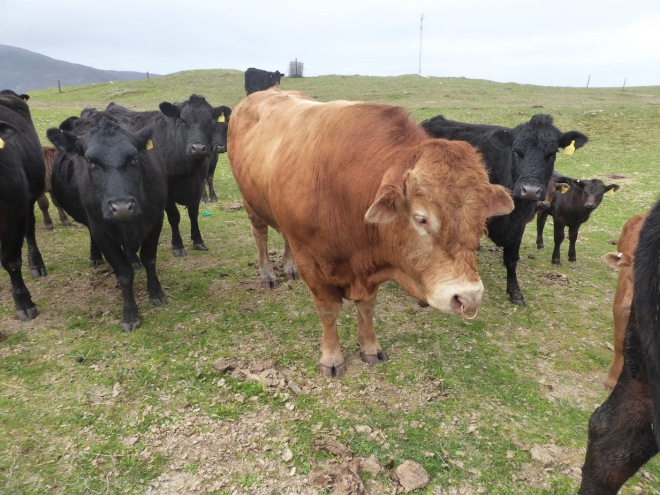








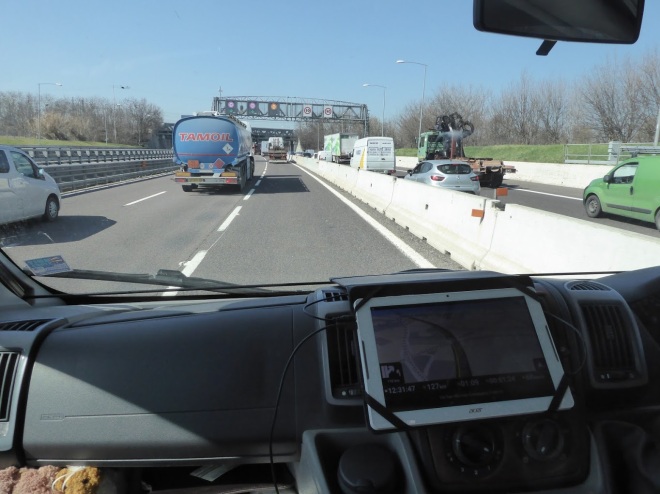



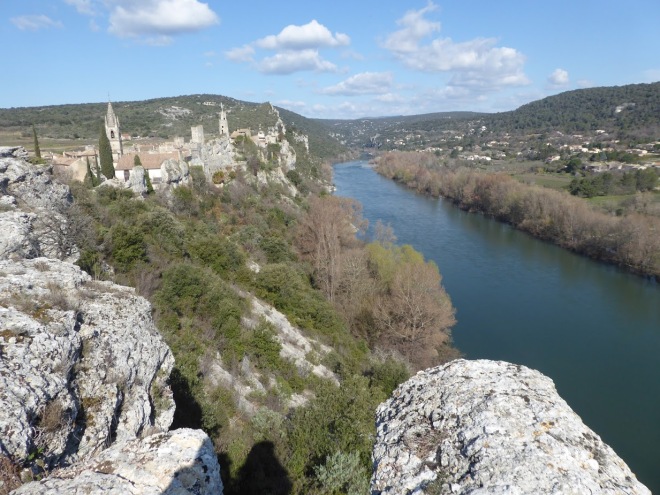
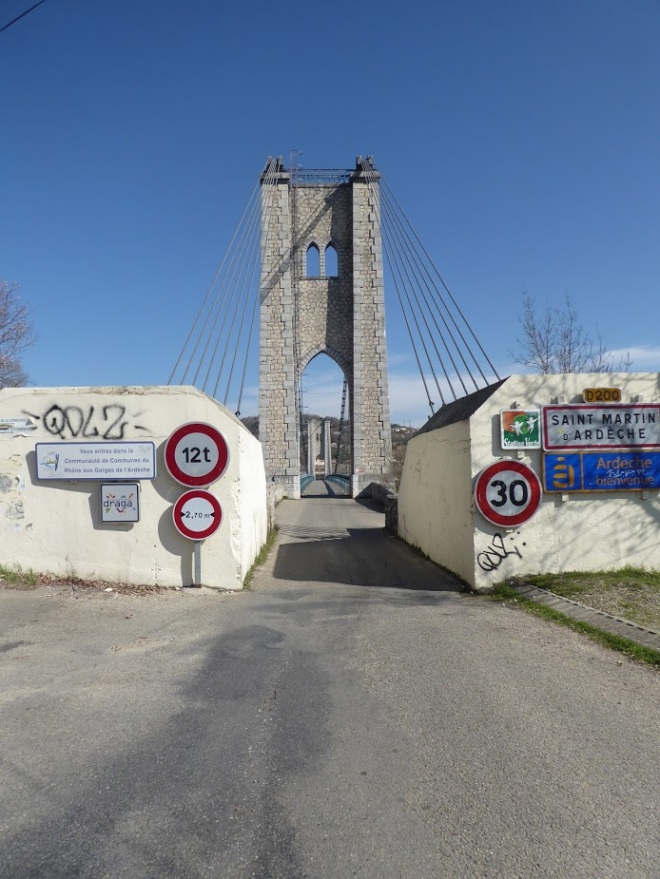


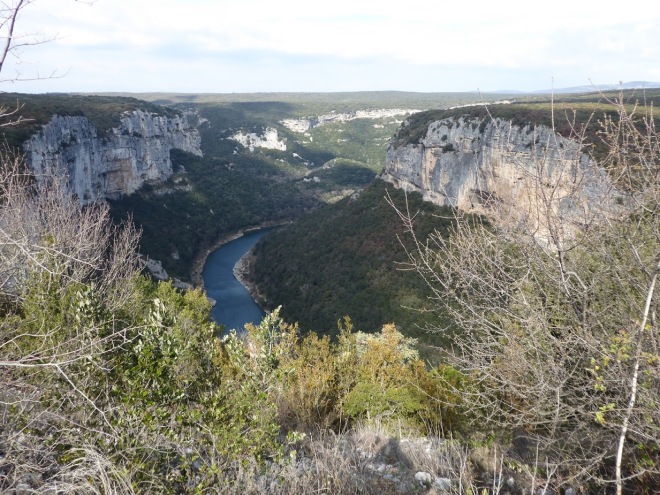





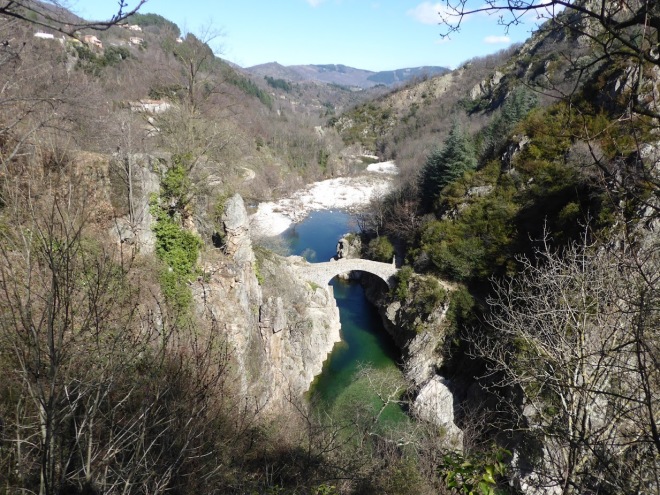



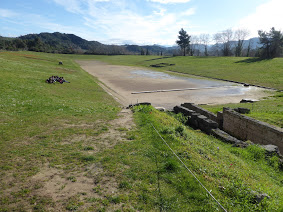

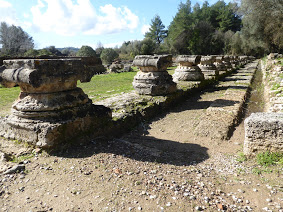


















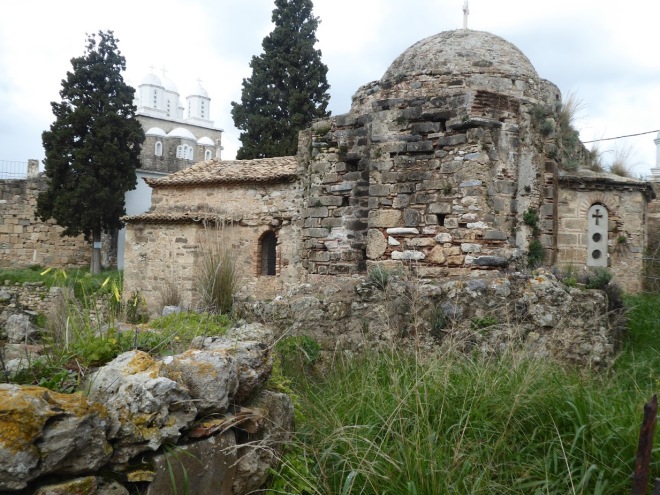





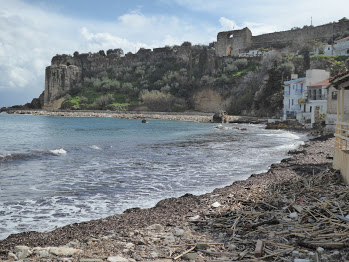





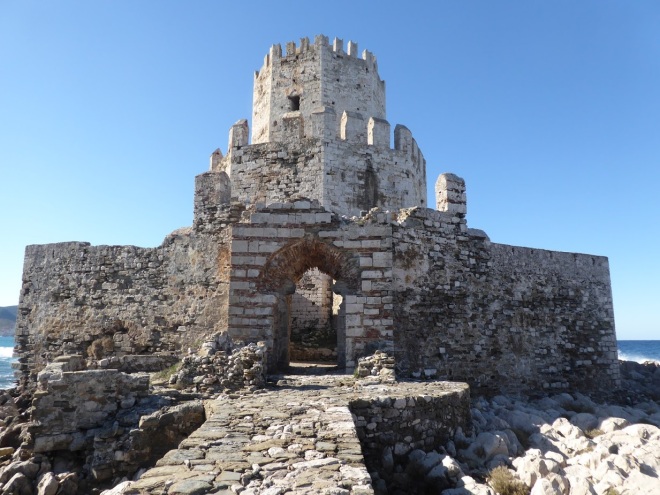


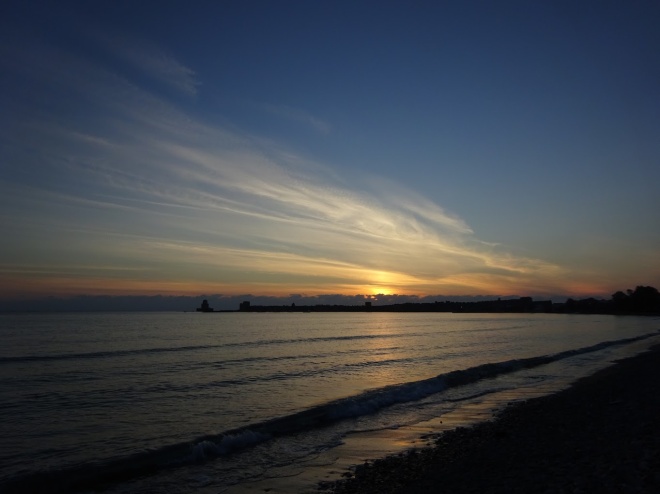


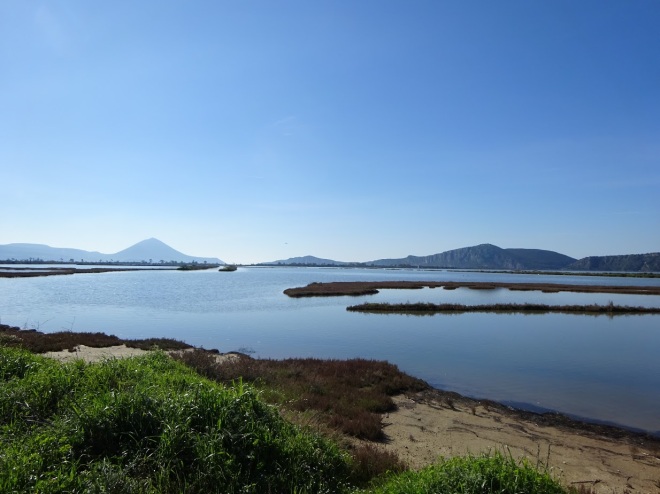
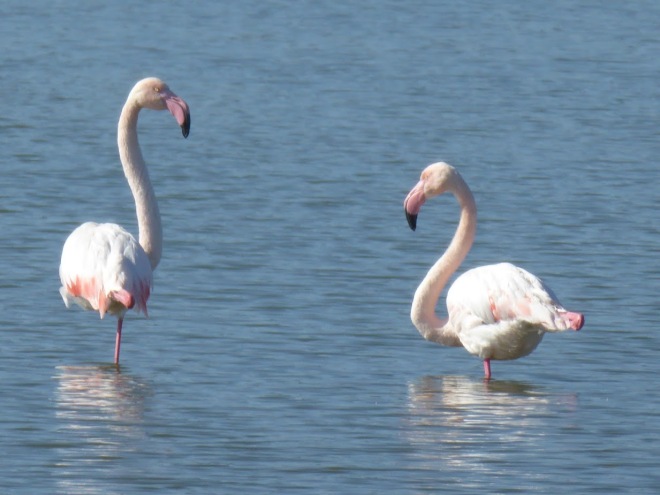
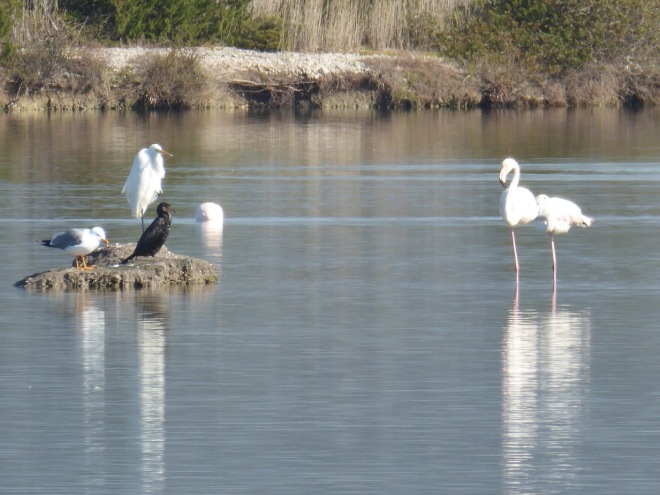

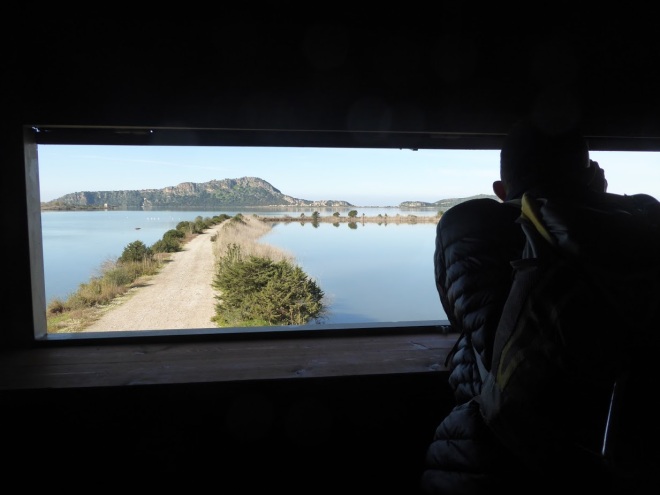

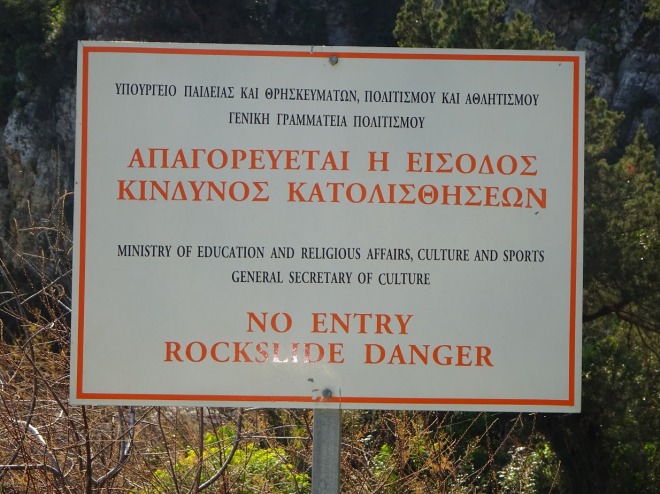





















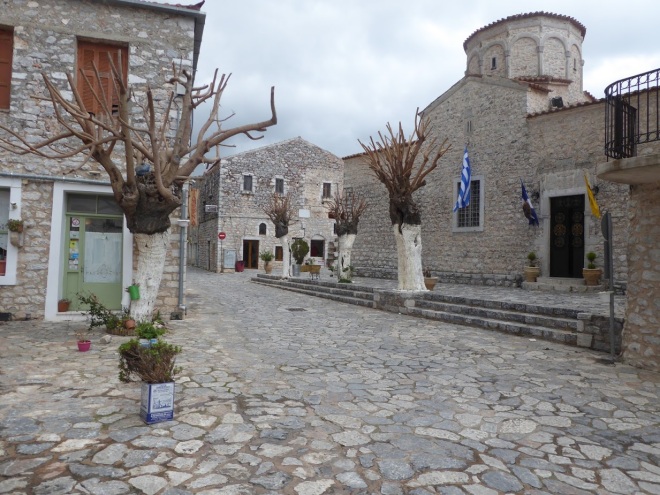


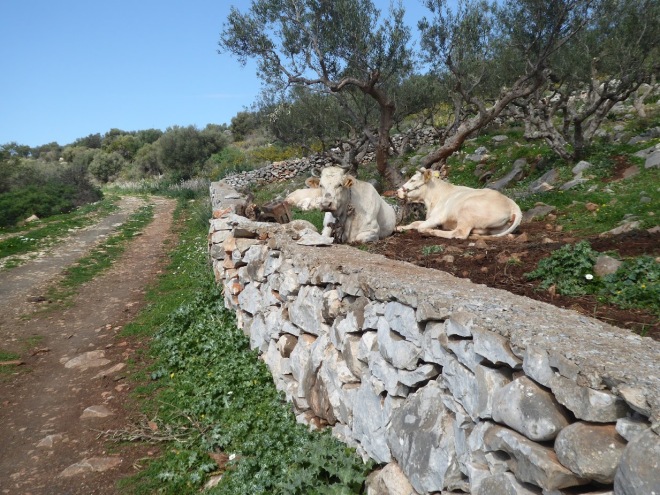






 We just stayed the one night and made ready to head off to Koróni but not without first speaking to our English neighbours, Jay and Fi, who had arrived late afternoon the previous day. They turned out to be an interesting travelling troubadour couple from Edinburgh who seem to have sussed out the ‘work, life, balance’ conundrum. Work for six months, travel for six months. They had a big bouncing fluffy white puppy with them who we suspected hadn’t come with them from Scotland. Said puppy was one lucky girl. They’d spotted her foraging amongst rubbish on the outskirts of Olympia, gained her trust and taken her in. You can read about her on their
We just stayed the one night and made ready to head off to Koróni but not without first speaking to our English neighbours, Jay and Fi, who had arrived late afternoon the previous day. They turned out to be an interesting travelling troubadour couple from Edinburgh who seem to have sussed out the ‘work, life, balance’ conundrum. Work for six months, travel for six months. They had a big bouncing fluffy white puppy with them who we suspected hadn’t come with them from Scotland. Said puppy was one lucky girl. They’d spotted her foraging amongst rubbish on the outskirts of Olympia, gained her trust and taken her in. You can read about her on their 
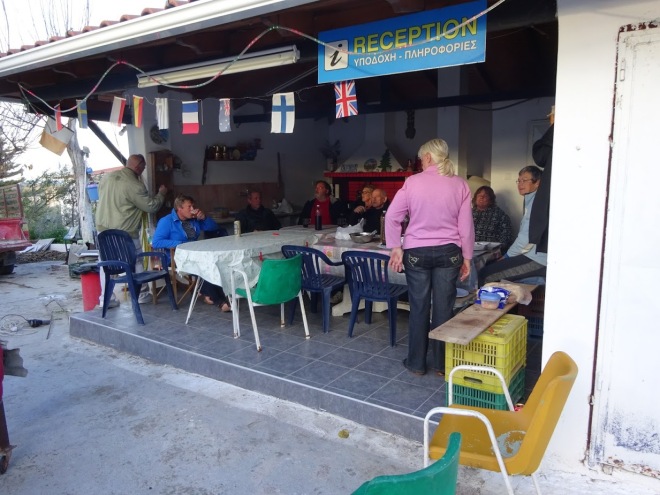
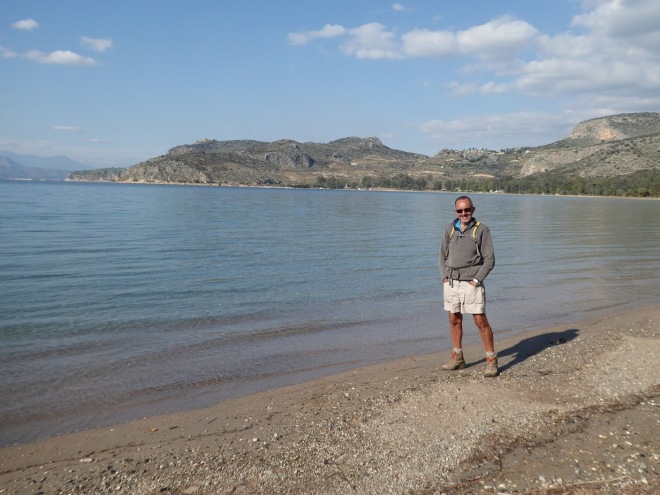









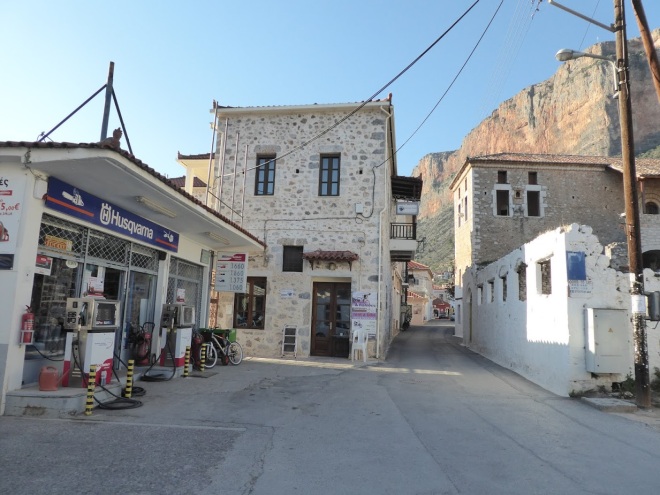






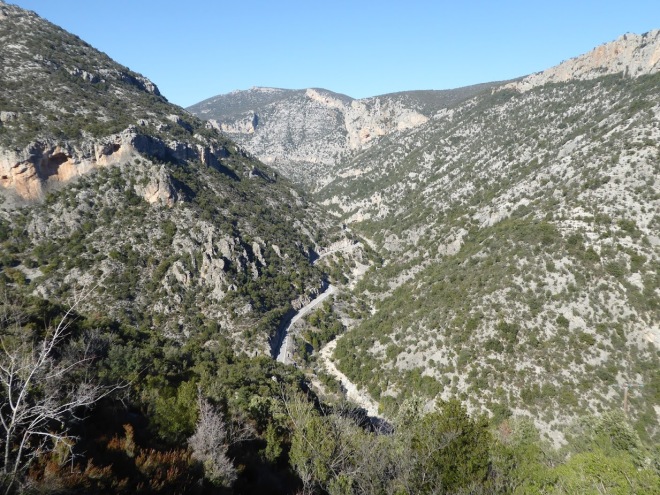




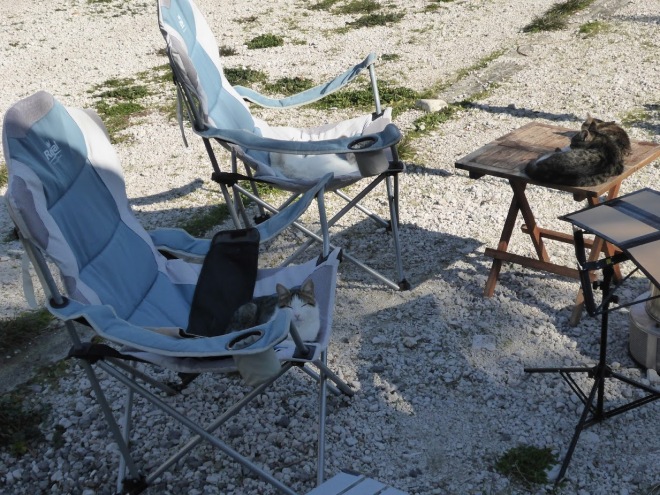

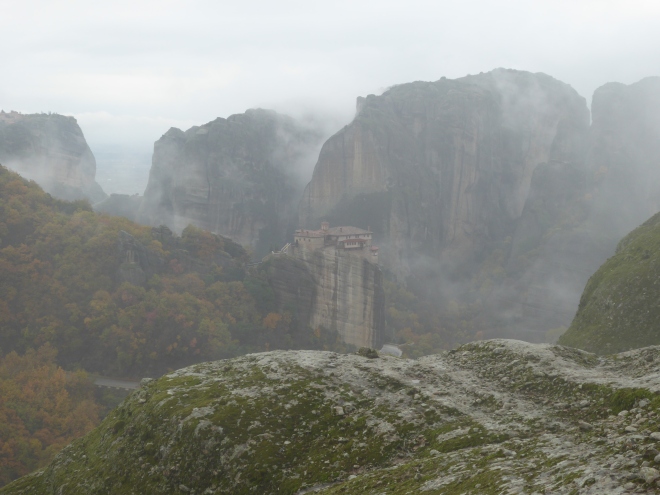





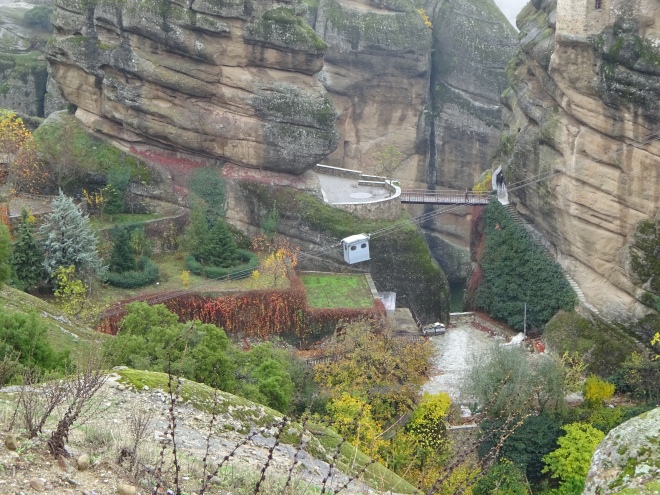




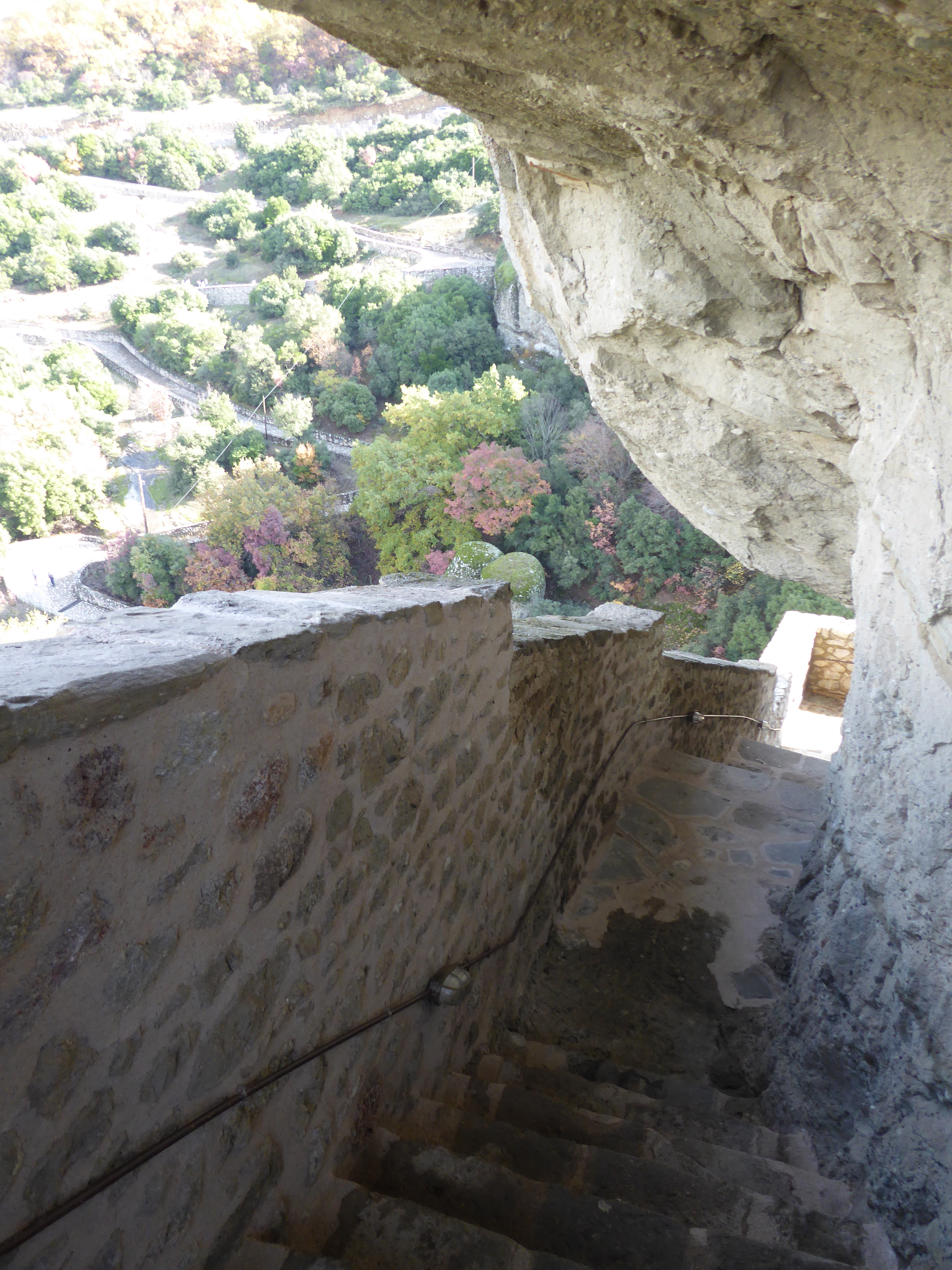





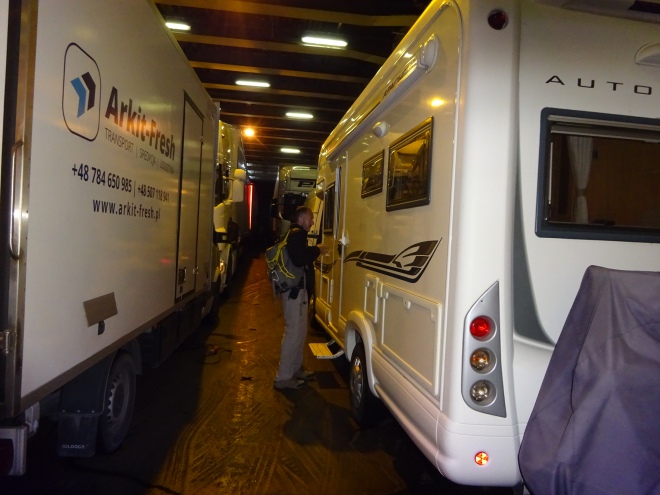








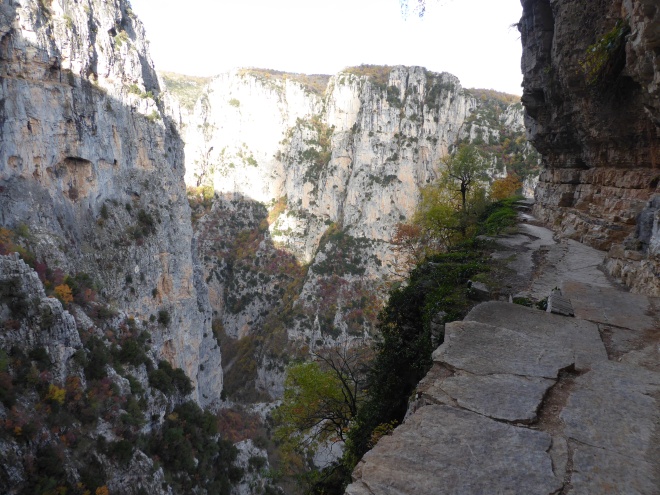
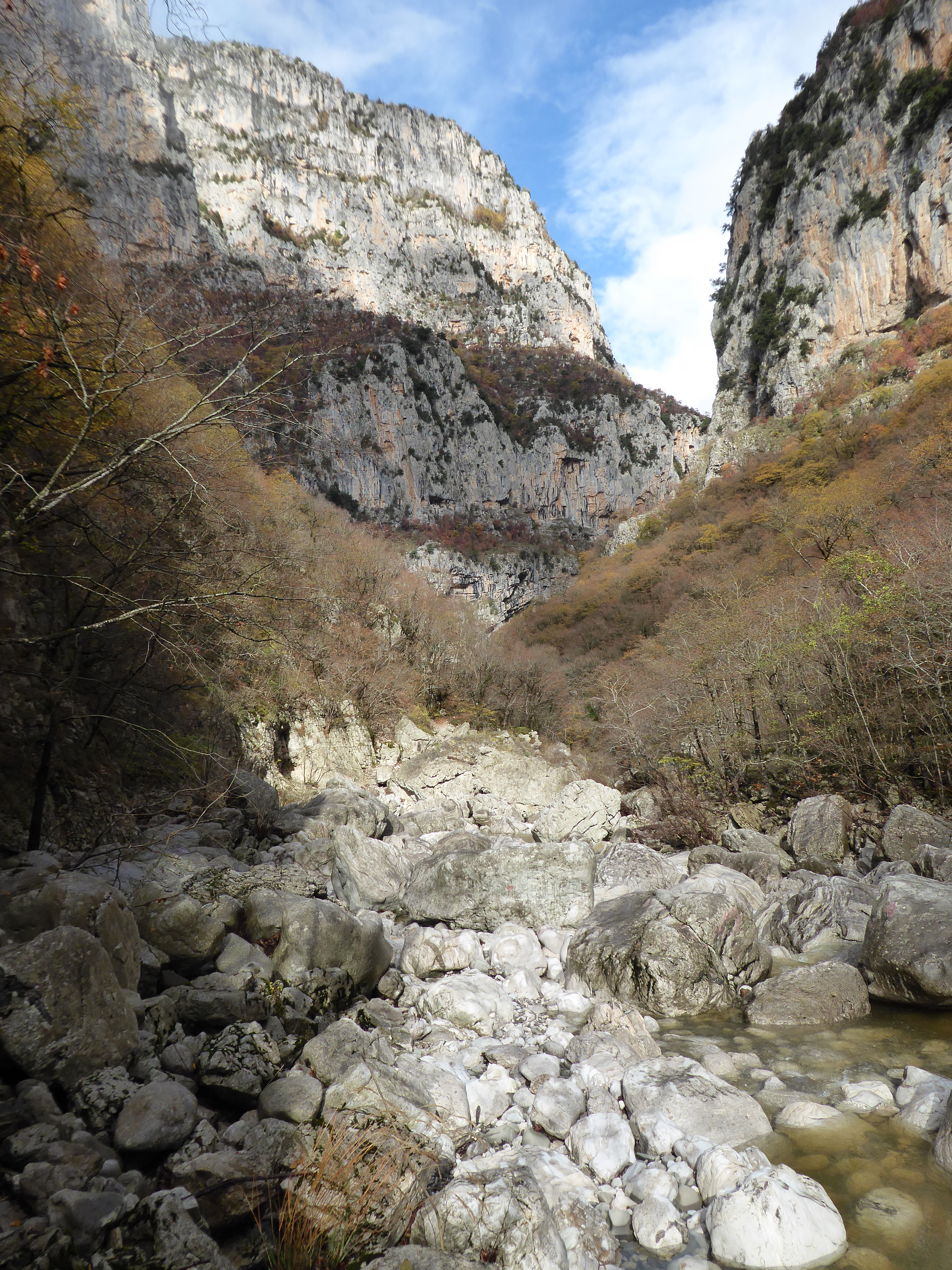



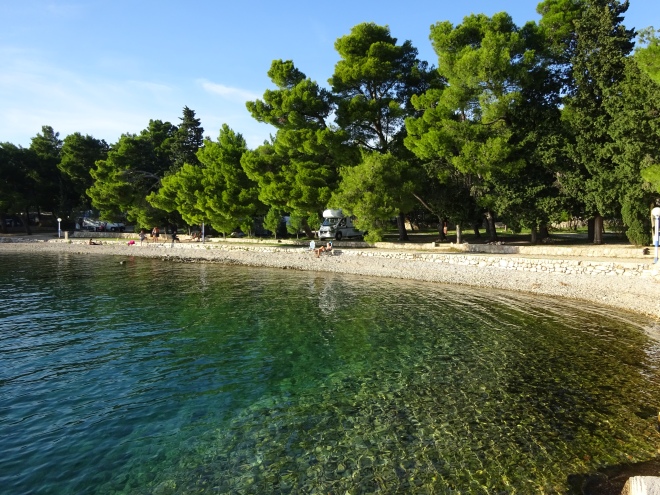








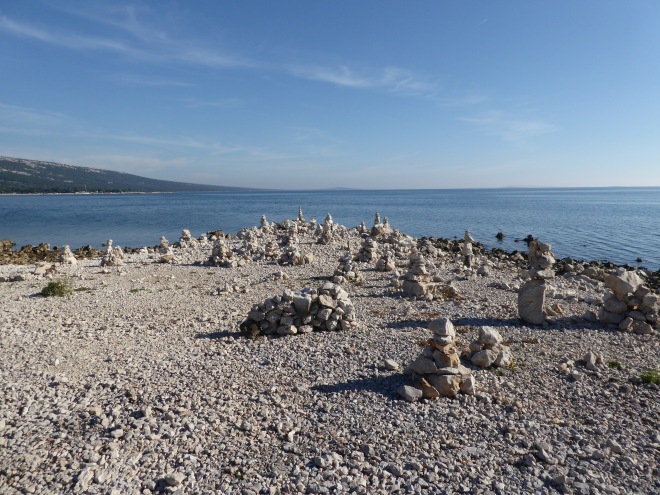
 We took the toll road again. Can’t get enough of them now! The drive through the outskirts of Split on the D1 is all downhill and pretty dramatic. Yes it’s exceedingly busy and a culture shock after having tootled about at a leisurely pace for a week or two but the views made up for that. Backed by an ominous grey wall of mountains, the D1 sweeps down past little hillside settlements and Klis Fortress, a medieval castle teetering on a rock above the city. We installed ourselves at Camping Stobreč, seven kilometres outside the city. That is where Tim is now, you know, quietly working his way through his list.
We took the toll road again. Can’t get enough of them now! The drive through the outskirts of Split on the D1 is all downhill and pretty dramatic. Yes it’s exceedingly busy and a culture shock after having tootled about at a leisurely pace for a week or two but the views made up for that. Backed by an ominous grey wall of mountains, the D1 sweeps down past little hillside settlements and Klis Fortress, a medieval castle teetering on a rock above the city. We installed ourselves at Camping Stobreč, seven kilometres outside the city. That is where Tim is now, you know, quietly working his way through his list.


